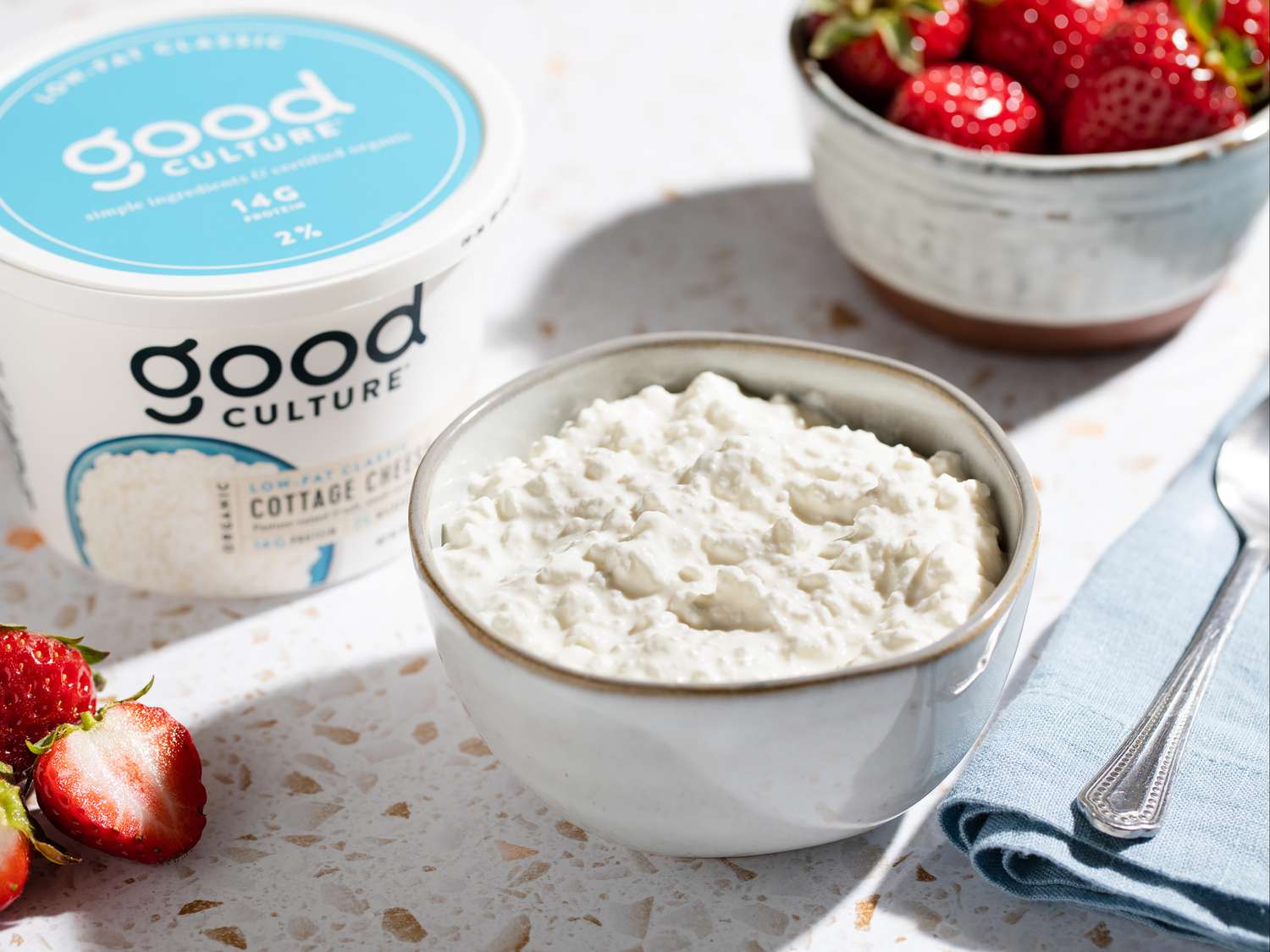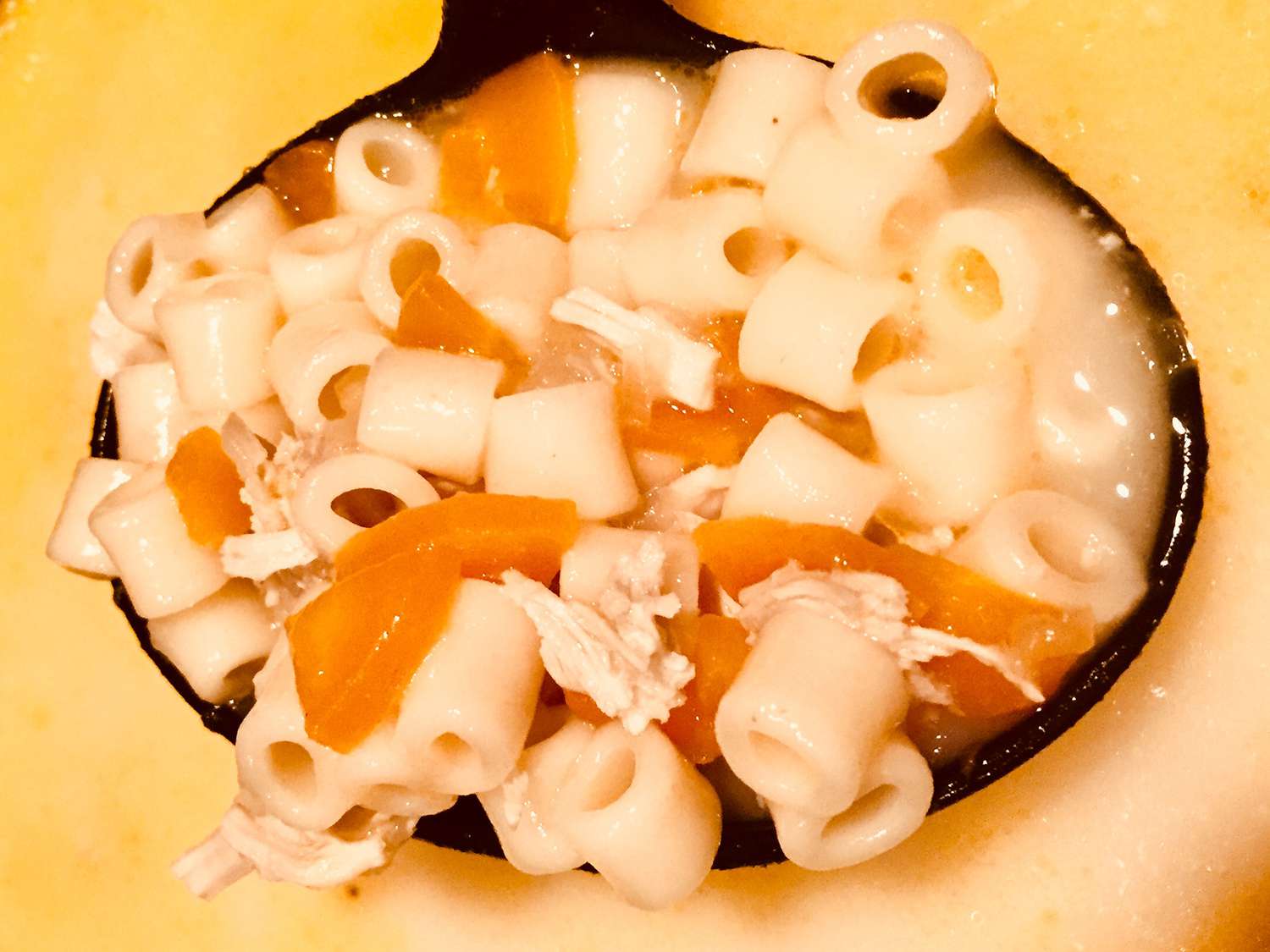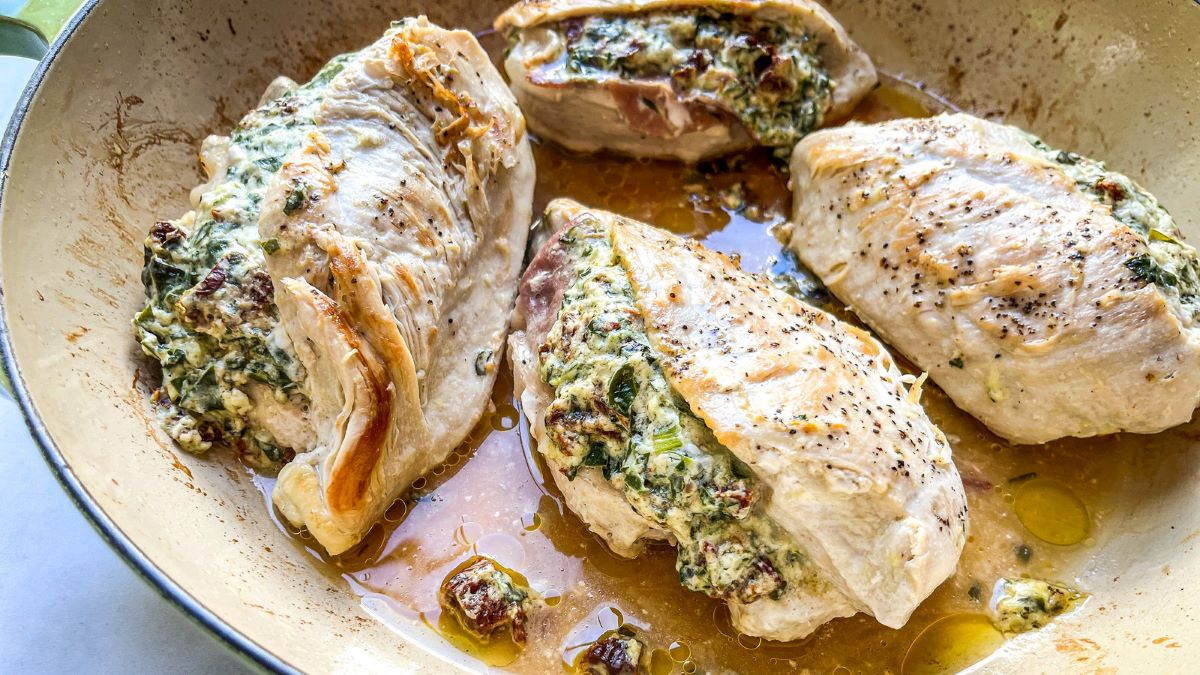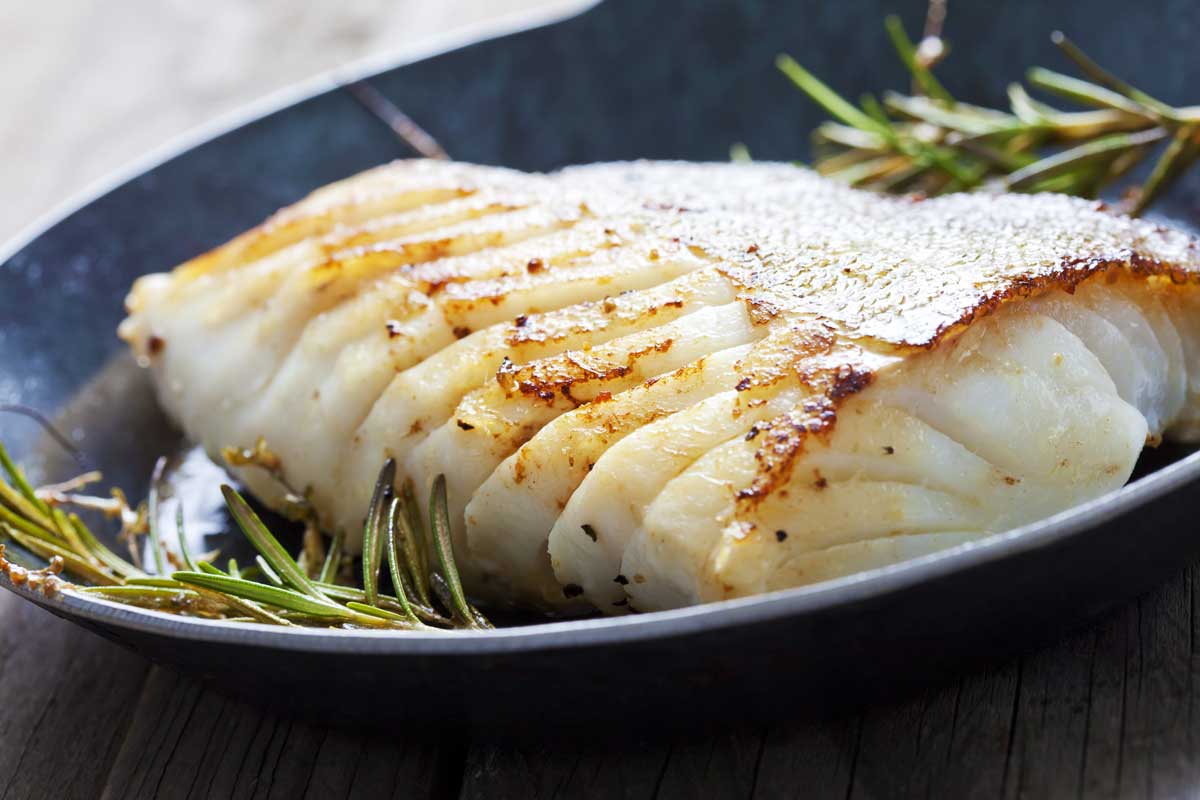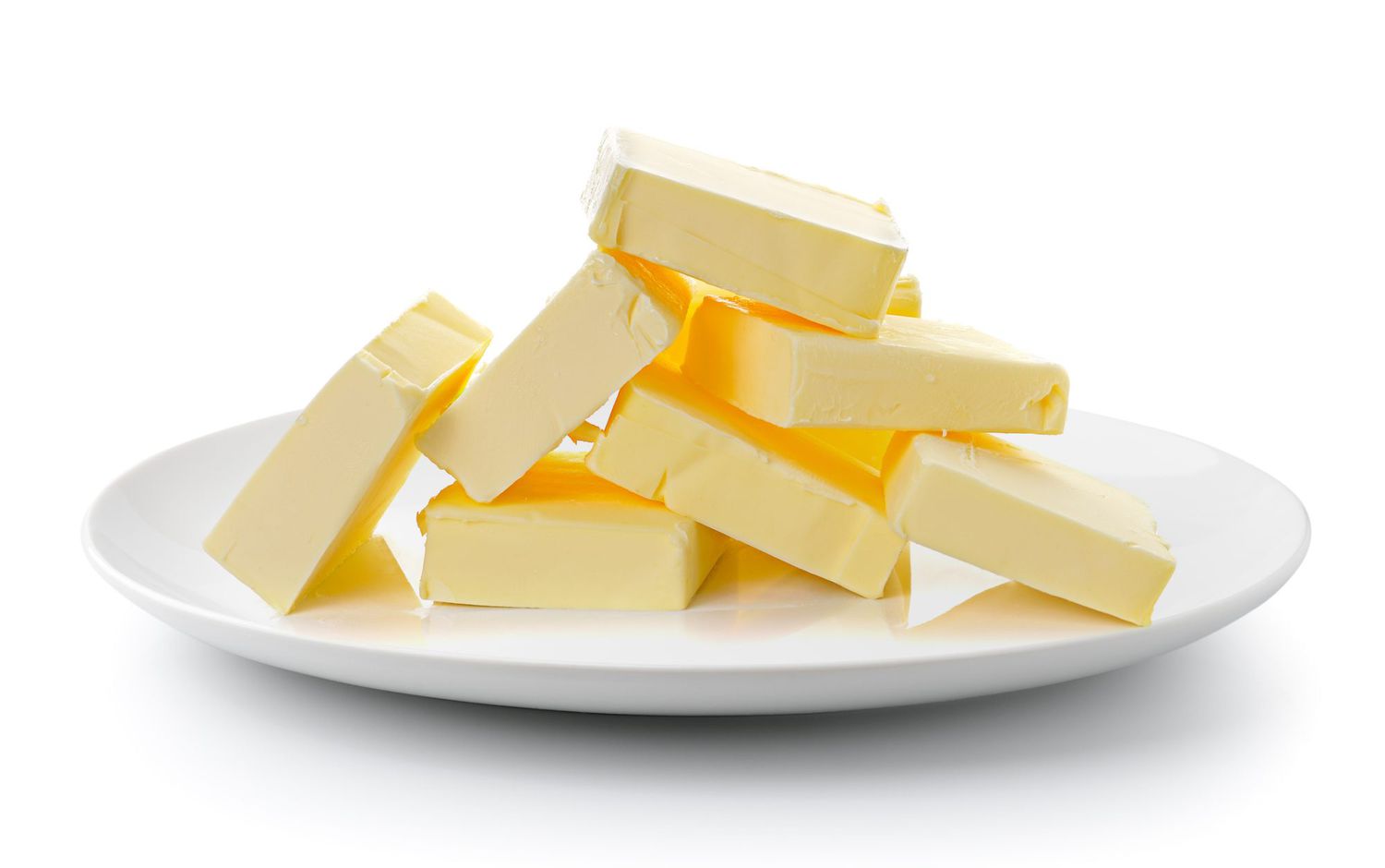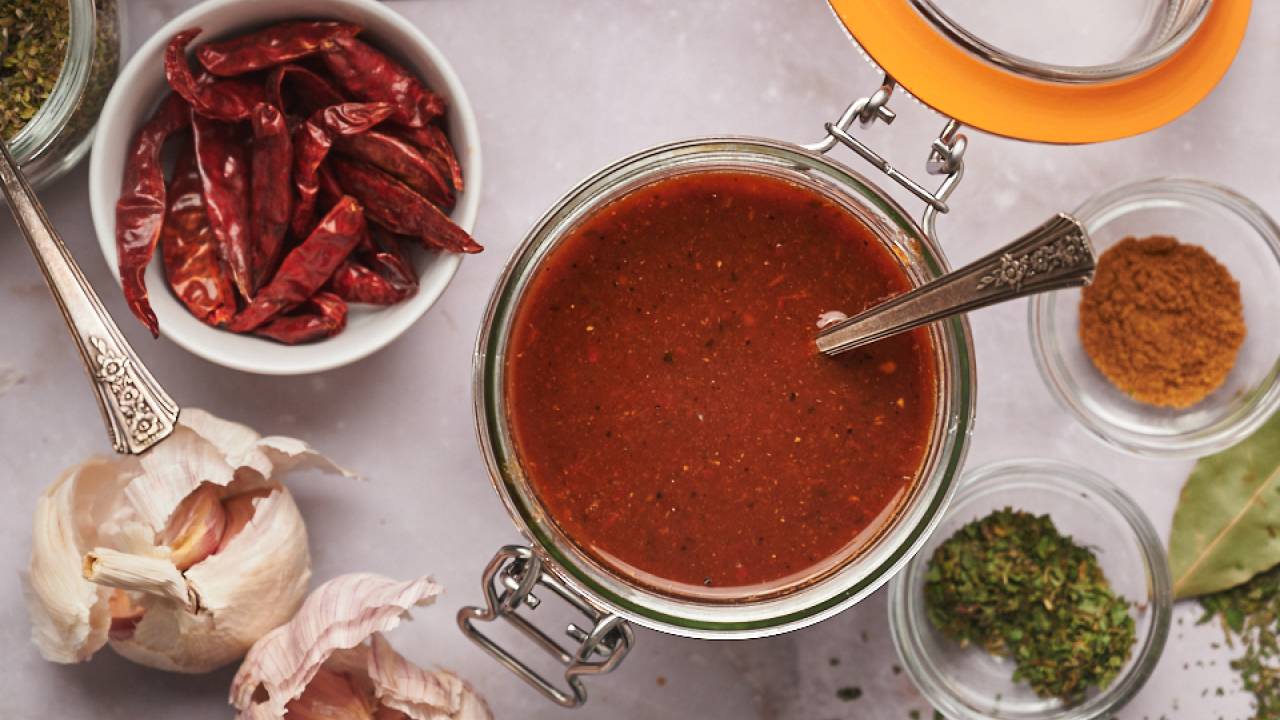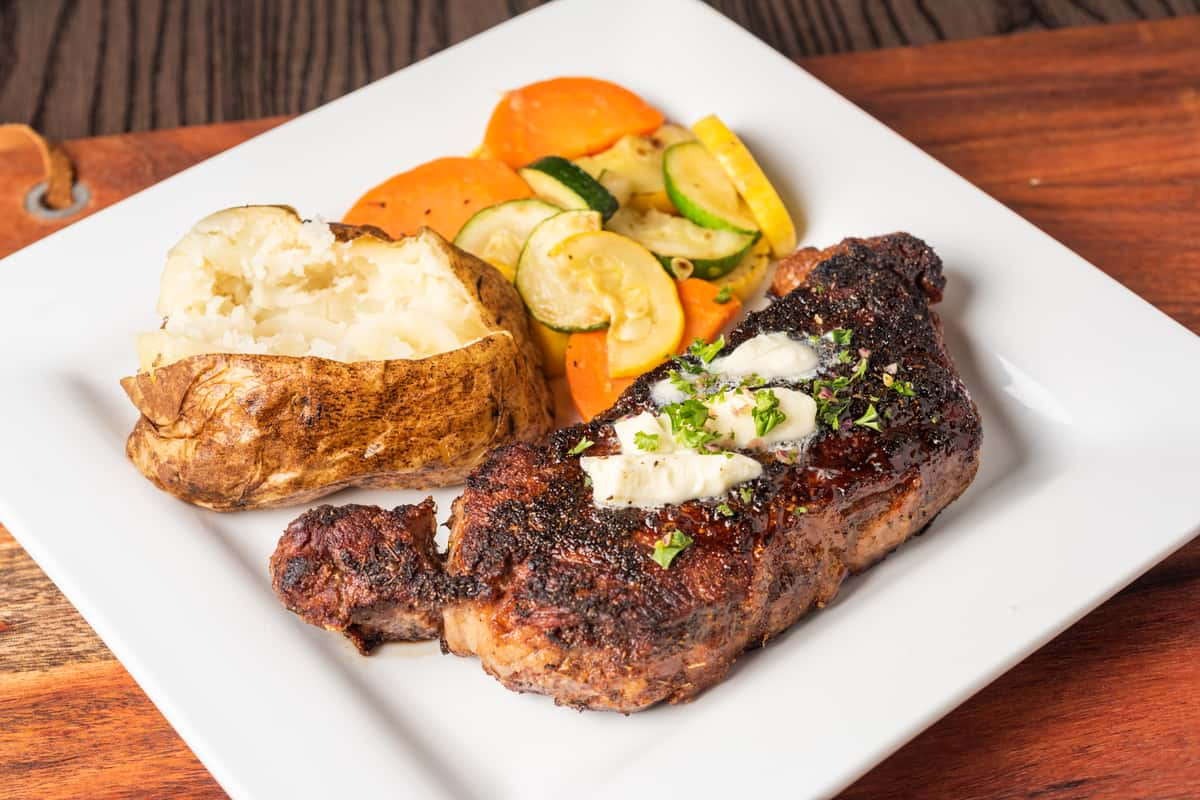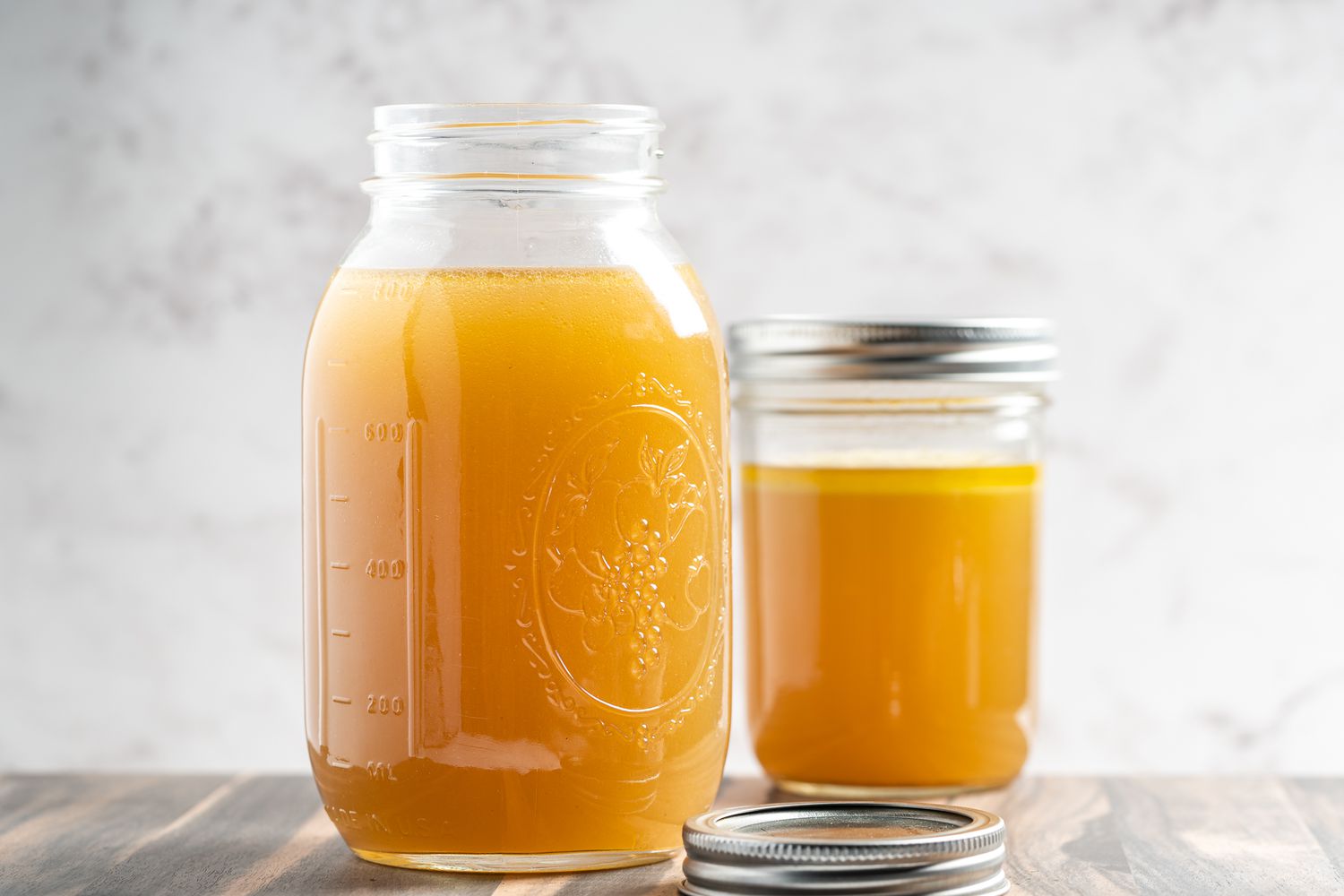Understanding Blended Olive Oil
When it comes to cooking oils, olive oil is a popular choice for its flavor and health benefits. However, you may have come across the term “blended olive oil” and wondered what it means. In this article, we’ll explore the concept of blended olive oil and what sets it apart from other types of olive oil.
What is Blended Olive Oil?
Blended olive oil is a type of olive oil that is created by mixing olive oil from different sources or varieties. This blending process can involve combining oils from different regions, types of olives, or production methods. The goal of blending olive oil is to create a final product with a consistent flavor profile and quality.
Benefits of Blended Olive Oil
Blended olive oil offers several benefits that make it a popular choice for both cooking and everyday use:
- Consistency: Blending olive oil allows producers to create a consistent flavor and quality, ensuring that each bottle tastes the same.
- Flavor Enhancement: By blending oils from different sources, producers can create a unique flavor profile that may appeal to a wider range of consumers.
- Cost-Effectiveness: Blending olive oil can help producers maintain a consistent supply of oil, which can lead to cost savings for both producers and consumers.
How to Choose Blended Olive Oil
When selecting a blended olive oil for your kitchen, consider the following factors:
- Flavor Profile: Look for a blended olive oil that offers the flavor profile you prefer, whether it’s mild and buttery or robust and peppery.
- Quality: Check for certifications such as “extra virgin” or “cold-pressed” to ensure that the blended olive oil meets high-quality standards.
- Producer Reputation: Research the producer or brand to ensure they have a good reputation for producing high-quality olive oil.
Using Blended Olive Oil in Cooking
Blended olive oil can be used in a variety of cooking applications, including:
- Sauteing and frying
- Dressing salads and vegetables
- Drizzling over cooked dishes for added flavor
Keep in mind that the flavor profile of blended olive oil can vary, so it’s a good idea to taste a small amount before using it in a dish to ensure it complements the other ingredients.
Conclusion
Blended olive oil offers a versatile and consistent option for cooking and everyday use. By understanding the blending process and considering factors such as flavor profile and quality, you can select a blended olive oil that suits your culinary preferences. Whether you’re sauteing, dressing a salad, or adding flavor to a dish, blended olive oil can be a valuable addition to your kitchen pantry.
Was this page helpful?
Read Next: What Is Butter Flavoring Substitute
